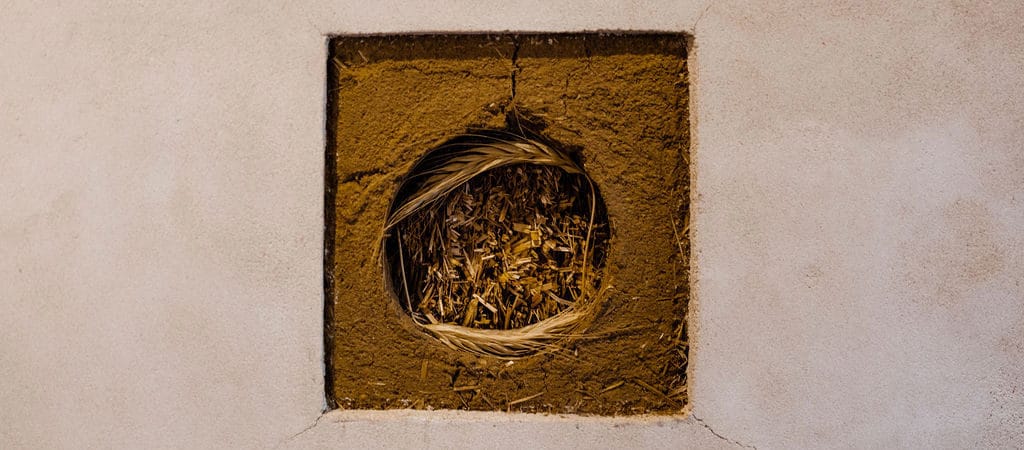Deciding what is and isn’t a ’sustainable material’ isn’t as easy as it sounds. At first glance, the thermal qualities of a material (e.g. insulation value) would be the obvious place to start. However, things become complicated when you also consider the energy used to produce the material (embodied energy), whether it can be recycled, where it was produced and how far it was transported, whether it releases chemicals into the air (off gassing), and whether it naturally decomposes at the end of its life.
To put some science behind our assumptions, we’ve engaged Andrew Moore of Lifecycle Logic to run a range of scenarios using Life Cycle Assessment (LCA). LCA looks at the energy (and therefore assumed carbon emissions) used in the production, transportation, assembly and use of each material, covering both production and operation of the building.
He will be helping us decide which requirements to put into the Building Design Guidelines relating to building materials for the Ecovillage. Key elements we are exploring include window frame material, window glazing, wall and ceiling insulation, exterior cladding, hot water and heating systems, and different types of wall construction including hempcrete, straw bale, timber frame, reverse brick veneer, and SIPs panels.
We will be constructing a model of a typical modest house in the LCA software, and then running a series of options to understand the overall impact of swapping out different materials. This should give us some very good insights into the overall environmental impact of different building materials over the lifespan of the building, and allow us to provide more accurate design guidance on the future homes at the Ecovillage.
LCA is a great tool that should help us understand the overall sustainability of the primary building materials so that we can design the most sustainable homes possible.

